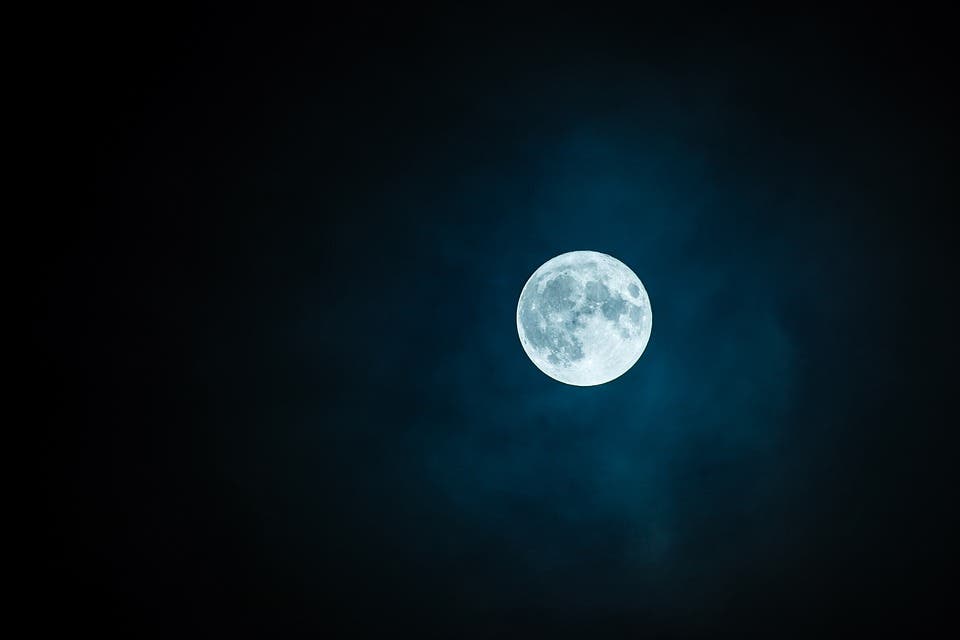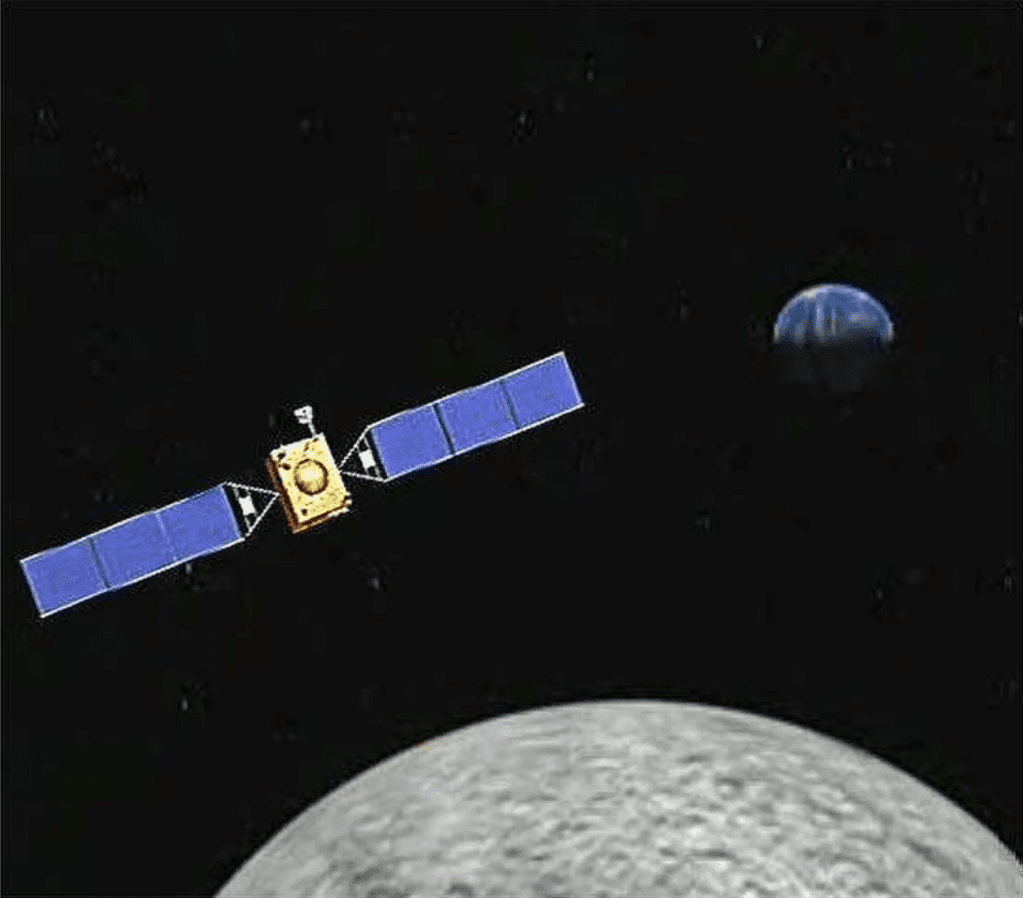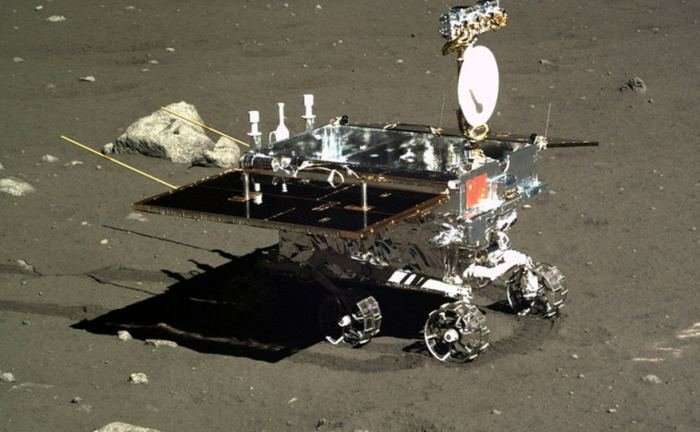
The moon has been neglected for far too long, and China seems keen on moving fast to cover all the lost lunar ground. The nation’s ambitious space program, among other things, is set on achieving several important milestones.
A trifecta, consisting of a lunar probe, lander, and rover, will be deployed to the moon’s orbit and surface respectively. This will be the first time a man-made contraption makes a soft landing on the far side of the moon, a site of renewed interest for many scientists. The mission will also carry insects and plants that will form a mini-ecosystem on the moon whose response will teach us valuable lessons in preparations for a manned outpost or even a colony.
Potatoes on the dark side of the moon
This remarkable mission is part of the Chinese Lunar Exploration Program (CLEP), otherwise known as the Chang’e Program, named so in honor of the Chinese goddess of the moon. Previously, the Chang’e program had already sent two orbiters and one lander to the moon.
In the first half of 2018, Chang’e 4 will initially launch a relay satellite aboard a Long March 5 rocket that will be positioned at the Earth-moon Lagrange point 2 (EM-L2).

This is where the satellite can essentially remain stationary relative to the bodies, since the Earth and Moon gravities cancel each other out. From this point, the communications satellite will relay data between controllers on Earth and the Chang’e 4 lander and rover slated to touch down on the moon’s far side — also known as the dark side of the moon since it faces away from Earth.
The lander and rover will be launched together six months after the relay satellite is deployed at EM-L2. The lander will be equipped with various instruments designed to study the lunar environment and geology in detail, but also a mini-habitat comprised of insects and plants.
“The container will send potatoes, arabidopsis seeds and silkworm eggs to the surface of the moon. The eggs will hatch into silkworms, which can produce carbon dioxide, while the potatoes and seeds emit oxygen through photosynthesis. Together, they can establish a simple ecosystem on the moon,” Zhang Yuanxun, chief designer of the lunar habitat, told the Chongqing Morning Post.
Last year, researchers grew potatoes in Mars-like conditions. Pulling the same stunt completely outside of Earth will be a whole different challenge which will be very intriguing to follow.

The lander and rover will be deployed in the huge South Pole-Aitken Basin. This is the single-largest impact basin on the moon, measuring a staggering 2,500 km (1,600 miles) in diameter and 13 kilometers (8.1 miles) deep. Previously, missions like the Lunar Reconnaissance Orbiter (LRO) and India’s Chandrayaan-1 orbiter confirmed that the basin contains water ice, likely sourced from meteors and asteroids.
This ice can survive in this form because the Aitken Basin is always shadowed. Once this finding was confirmed by NASA, the site has immediately been singled out as an important candidate for a possible lunar base. With this context in mind, the Chang’e 4 mission is valuable in the sense that it can help establish not only what the local terrain in the basin is like but also how the environment will influence organisms. For instance, gravity on the moon is just 16% that of Earth. Plants use gravity to decide the direction of their growth, and a strong or weak gravitational pull will also affect the height of plants.
If all of this sounds exciting, know that once the lunar habitat container is deployed at the end of this year, China plans to live stream the plants’ growth and development. Your message can also be among the 20,000 that will be sent into space via the relay satellite. You can submit it to the WeChat account ‘slecbj’ from Dec. 19, 2017, to March 6, 2018.






